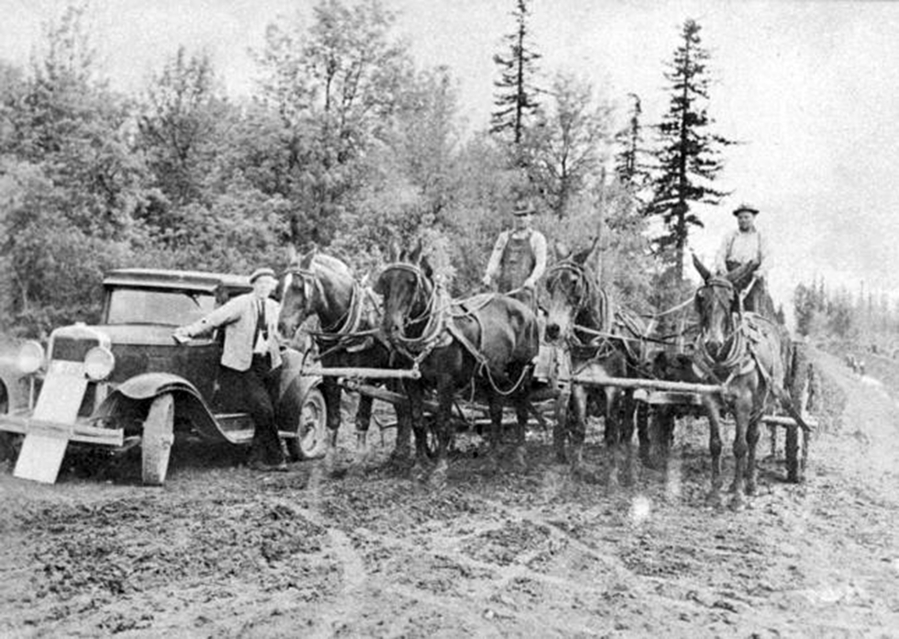The Works Progress Administration, established in 1935, left behind roads, bridges, public buildings, parks and other structures. Some of them remain today. Most Clark County residents don’t realize some of the places they pass now came about through New Deal funding.
According to the website Living New Deal, Clark County received Works Progress Administration funds of $42,262 for Leverich Park, mainly to improve Kiggins Bowl; $37,631 for the Vancouver Barracks; $129,584 for street improvements; and $174,763 for the city’s water system. The Works Progress Administration also granted $102,000, or about 80 percent of the funds for constructing Lewisville Park. (WPA projects in Clark County would total about $10 million today.)
Once there was a town called Lewisville along the East Fork of the Lewis River that First Nations called the Cathlapotle. Lost to history is how involved Lee Lewis, a local surveyor in 1856, was in Lewis River’s rechristening. Crossing the river was difficult, and settlers stocked up on food and supplies for the winter. Eventually, they built a wooden structure townsfolk called Hall’s Bridge to make provisioning easier. In 1883, a flood washed out the bridge. Although the town had a post office and a store, it slowly wore away. Clark County bought the remains in 1936, shortly before the rebuilding of the park.
County workers constructed the park buildings by peeling logs, hand-splitting shakes and using lots of stone masonry to keep the park’s natural appearance. As a result, Lewisville Park was added to the National Register of Historic Places in 1986 and named to the Clark County Heritage Register in 1987. The application for the park’s addition to the register states that by June 1937, this and other Works Progress Administration projects in the county had put 800 to work. It also indicated that 16.5 percent of the county’s population was getting federal relief by the next summer, primarily from the work projects.



